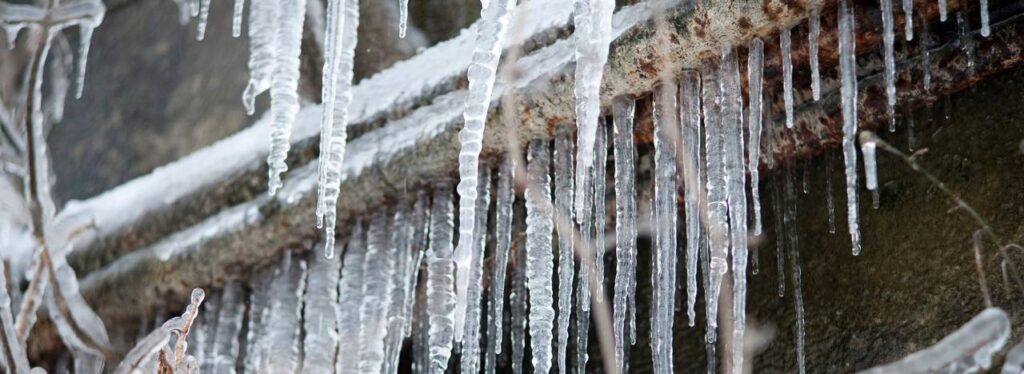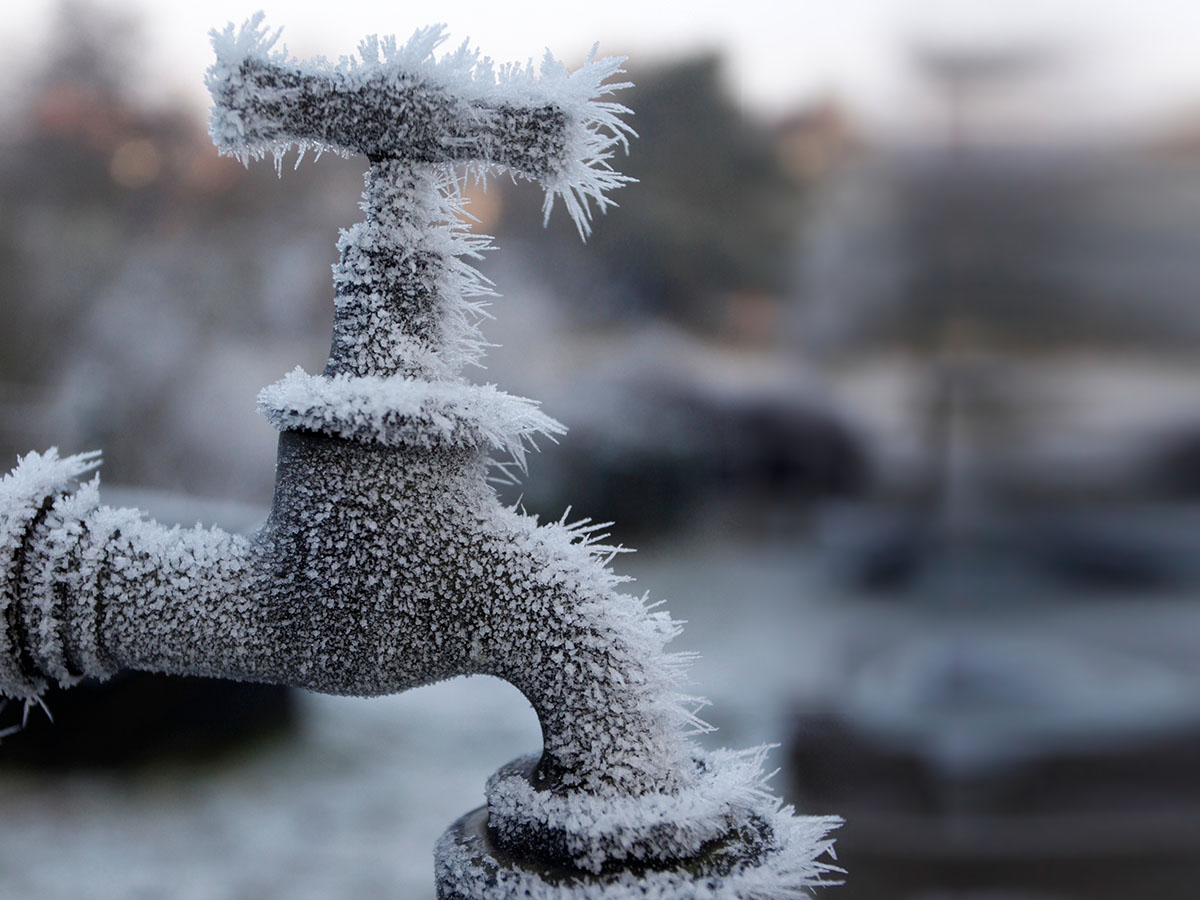Preventing Frozen Pipes: Effective Methods for Winter
Preventing Frozen Pipes: Effective Methods for Winter
Blog Article
The publisher is making several good pointers related to Prevent Frozen Pipes in general in this article further down.

Winter can wreak havoc on your pipes, particularly by freezing pipes. Here's just how to prevent it from occurring and what to do if it does.
Intro
As temperature levels decline, the danger of frozen pipes rises, possibly causing expensive repair work and water damages. Comprehending exactly how to avoid frozen pipes is crucial for home owners in cool climates.
Comprehending Icy Pipelines
What triggers pipelines to freeze?
Pipes ice up when exposed to temperature levels below 32 ° F (0 ° C) for expanded periods. As water inside the pipelines ices up, it increases, putting pressure on the pipeline walls and possibly creating them to break.
Risks and problems
Frozen pipes can lead to water system disturbances, home damage, and expensive repair work. Burst pipelines can flood homes and cause extensive architectural damage.
Indications of Frozen Water Lines
Recognizing icy pipes early can stop them from breaking.
Exactly how to identify icy pipelines
Try to find decreased water flow from faucets, uncommon smells or sounds from pipes, and visible frost on subjected pipes.
Avoidance Tips
Insulating vulnerable pipes
Wrap pipes in insulation sleeves or utilize warm tape to safeguard them from freezing temperature levels. Concentrate on pipes in unheated or outside areas of the home.
Heating methods
Maintain interior areas adequately heated, particularly areas with plumbing. Open up cupboard doors to enable cozy air to flow around pipes under sinks.
Safeguarding Exterior Pipes
Garden pipes and outside faucets
Detach and drain yard pipes before winter season. Mount frost-proof faucets or cover exterior taps with protected caps.
What to Do If Your Pipelines Freeze
Immediate activities to take
If you think icy pipes, keep faucets available to relieve stress as the ice melts. Use a hairdryer or towels taken in hot water to thaw pipes slowly.
Long-Term Solutions
Architectural changes
Think about rerouting pipelines far from exterior wall surfaces or unheated areas. Add added insulation to attics, cellars, and crawl spaces.
Updating insulation
Buy top notch insulation for pipes, attic rooms, and wall surfaces. Proper insulation assists keep constant temperature levels and decreases the danger of icy pipelines.
Conclusion
Avoiding frozen pipes calls for aggressive actions and fast actions. By comprehending the reasons, indications, and preventive measures, property owners can protect their pipes throughout cold weather.
6 Proven Ways to Prevent Frozen Pipes and Protect Your Home
Disconnect and Drain Garden Hoses
Before winter arrives, start by disconnecting your garden hoses and draining any remaining water. Close the shut-off valves that supply outdoor hose bibs and leave the outdoor faucet open to allow any residual water to drain. For extra protection, consider using faucet covers throughout the colder months. It’s also important to drain water from any sprinkler supply lines following the manufacturer’s directions.
Insulate Exposed Pipes
Insulating your pipes is an effective way to prevent freezing. Pipe insulation is readily available at home improvement stores and is relatively inexpensive. Pay close attention to pipes in unheated areas such as the attic, basement, crawl spaces, or garage. Apply foam insulation generously to create a buffer against the cold. You can also wrap your pipes in heat tape or thermostat-controlled heat cables for added warmth.
Seal Air Leaks
Inspect your home for any cracks or openings that could let in cold air. Seal any holes around the piping in interior or exterior walls, as well as the sill plates where your home rests on its foundation. Additionally, make sure to keep your garage door closed unless you’re entering or exiting. Leaving it open creates a significant air leak that can lead to frozen pipes.
Allow Warm Air Circulation
During cold snaps, it’s essential to allow warm air to circulate evenly throughout your home. Leave interior doors ajar to promote better airflow. Open kitchen and bathroom cabinets to help distribute heat consistently around the rooms. If you have small children or pets, be sure to remove any household chemicals or potentially harmful cleaners from open cabinets for safety.
Let Faucets Drip
A small trickle of water can make a big difference in preventing ice formation inside your pipes. When temperatures drop significantly, start a drip of water from all faucets served by exposed pipes. This continuous flow helps prevent the water from freezing. Additionally, running a few faucets slightly can relieve pressure inside the pipes, reducing the chances of a rupture if the water inside does freeze.
https://choateshvac.com/6-proven-ways-to-prevent-frozen-pipes-and-protect-your-home/

We had been brought to that report on How To Avoid Freezing Pipes through a good friend on another website. Those who appreciated our blog post if you please do not forget to share it. Many thanks for taking the time to read it.
View Website Report this page